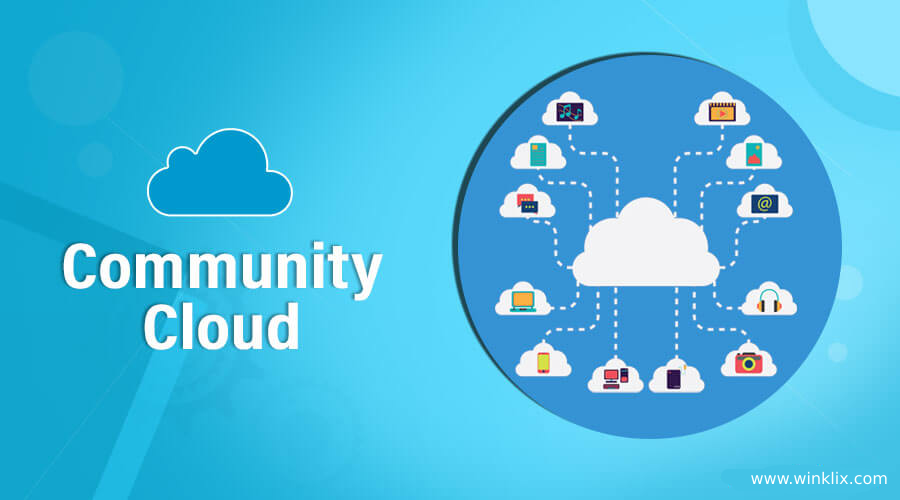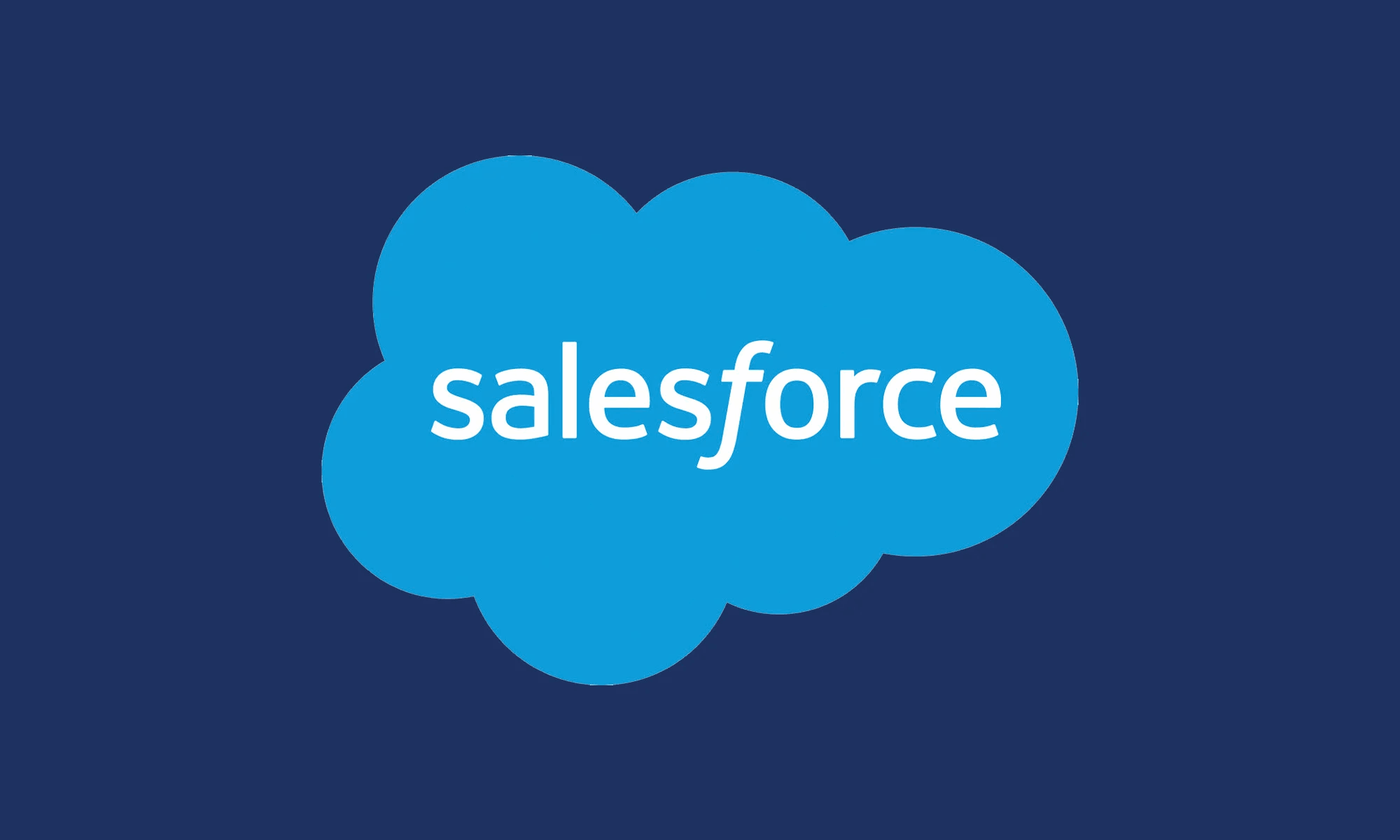Salesforce Community Cloud is a powerful platform that enables companies to build vibrant, collaborative communities for their customers, partners, and employees. It provides a platform for users to engage and connect with each other, share knowledge, and collaborate on projects, all within a secure and customizable environment. In this blog, we’ll explore the features and benefits of Salesforce Community Cloud, as well as how it can help your organization achieve its goals.
What exactly is Salesforce Community Cloud?
Make portals that are fully branded.
Build an online community where users may interact, share knowledge, and offer support. Create customized communities that let users communicate with your company and one another. Educate and enable users to sell and test new products and ideas, respond to queries, discover new use cases and skills from like-minded individuals, or simply connect with and engage with your community.
Link Up With Clients
Establish stronger connections with your customers by using reliable resources like the Salesforce Customer Community. To increase consumer trust and promote repeat business, allow customers to exchange use cases, stories, and questions and answers.
Give them access to any training materials or other written materials you want them to be able to find. When necessary, members of your team can even safely communicate crucial papers like billing policies or set statistics to give clients a clear and educational view.
Cooperate with Others
Give your channel partners portal access so they can communicate, work together on transactions, and reduce your sales cycle. With the help of the Salesforce Partner Community, partners can connect with one another and communicate through personalized, interactive websites.
Communicate and distribute guides and content from other Salesforce products to individuals who need them, making it simple to collaborate and onboard new users.
Connect with the workforce
Consider rethinking how you talk to particular staffing areas, such as by making it simple to submit difficulties to HR, to facilitate easy internal communication for advice. Build onboarding gateways that allow quick access to helpful materials. Why not upskill your personnel on new business sectors from inside a tailored community you develop once they have settled in?
Features of Salesforce Community Cloud:
- Customization: Community Cloud offers a wide range of customization options, allowing you to tailor your community to your specific needs. You can choose from a variety of templates and themes, as well as customize the layout and branding to match your organization’s style.
- Collaboration: With Community Cloud, users can collaborate in real time, share files and data, and even co-create content. This feature enables organizations to build a culture of collaboration and innovation.
- Engagement: Community Cloud provides tools to increase engagement and participation within your community. You can create polls, surveys, and quizzes, as well as gamification elements to incentivize participation.
- Mobile Accessibility: Community Cloud is optimized for mobile devices, making it easy for users to access the community from anywhere and at any time.
- Personalization: With Community Cloud, you can personalize the user experience based on user profiles and preferences. This allows you to provide targeted content and offers, increasing engagement and loyalty.
Benefits of Salesforce Community Cloud:
- Improved Customer Service: Community Cloud can help you provide better customer service by enabling customers to connect with each other and with your support team. Customers can find answers to their questions quickly and easily, reducing the load on your support team.
- Increased Collaboration: By enabling collaboration within your community, you can improve productivity and foster innovation. Employees and partners can work together on projects and share knowledge, resulting in better outcomes and increased satisfaction.
- Enhanced Sales and Marketing: Community Cloud can help you improve your sales and marketing efforts by providing a platform to engage with customers, gather feedback, and identify trends. You can use this information to tailor your marketing and sales strategies, resulting in increased revenue.
- Cost Savings: Community Cloud can help you reduce costs by providing a self-service platform for customers, reducing the need for support staff. It can also improve productivity and efficiency by enabling collaboration and knowledge sharing.
Precisely what does Salesforce Community Cloud do?
A Salesforce product called Community Cloud allows businesses the means to develop branded online communities. These communities can be established to connect with clients, partners outside the company, and staff members.
Support and feedback can be obtained from customer communities. Partner communities can be used by B2B enterprises to qualify leads, track sales, and provide product information and training. Moreover, internal employee networks can serve as discussion forums and sources of HR and IT knowledge.
So why should I utilize Community Cloud?
Many businesses find the notion of creating an online community intimidating since it sounds costly and complicated, and perhaps the value isn’t immediately obvious (we’ll get to that momentarily).
Companies of any size can develop communities that are tailored to their needs, consistent with their brands, and mobile-friendly thanks to Salesforce Community Cloud. No coding is required thanks to a library of scalable templates. It’s simple to customize a community to suit the unique requirements of your business using third-party and bespoke components.
Community Cloud, a Salesforce product, allows easy connection with Salesforce CRM data, including opportunities, leads, activities, etc.
Conclusion
In conclusion, Salesforce https://winklix.com/salesforce/community-cloud-in-newyorkCommunity Cloud is a powerful platform that can help your organization achieve its goals. With its customization options, collaboration tools, and mobile accessibility, Community Cloud can help you improve customer service, increase collaboration, enhance sales and marketing efforts, and reduce costs. Whether you’re a small business or a large enterprise, Community Cloud can help you build a vibrant and engaged community that drives success.




